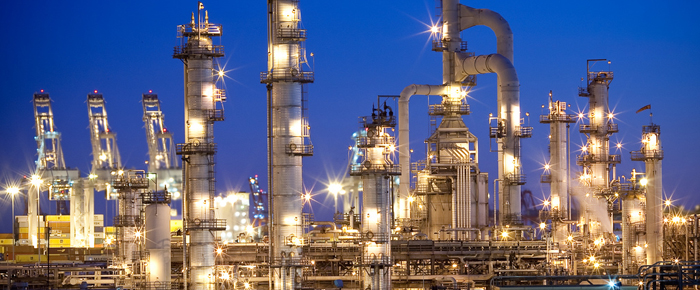
By Conrad Negron
People are always asking me this question. And I know a lot of drivers ask themselves this question when they pull up to the pump. Most don’t actually look at the price and that’s really funny that they complain but don’t know the real price.
The answer is based on the economics of supply and demand and how products are manufactured and sold – along with what the government takes in taxes. Let’s take a look, based on the U.S. Energy Information Administration’s breakdown of the estimated average price of a gallon of gas in December 2011, which was $3.27.
Raw materials = $2.62
The cost of the raw materials used to make a product has a major impact on the final product price. The raw material for gasoline is crude oil. The price of crude oil is set by global markets, where buyers and sellers constantly react to supply and demand factors. Oil is just one of many commodities traded every day in the global market. Others are the corn that affects the price of food and the cotton that affects the price of clothing.
Crude oil is by far the largest factor in the price of a gallon of gasoline – accounting for 80 percent of the $3.27 average retail price per gallon in December, according to the EIA.
To put that in another way – about $2.62 of the average gallon of gas in this example is set before a refiner even touches the raw material.
Where I find many people get confused is that they assume oil companies are producing all the oil that goes into their own refineries – and therefore can control gas prices by controlling the supply chain. That’s not the case.
U.S. crude oil production in 2010 was 5.5 million barrels per day. But U.S. refineries processed 15.2 million barrels of oil per day – almost three times more oil than was produced in the U.S. That means U.S. refiners, like ExxonMobil, have to purchase millions of barrels of crude oil – at market prices – to produce gasoline and other products for American consumers. For example, in 2010, ExxonMobil spent $198 billion purchasing oil around the world for its refining operations.
Now let’s talk Coachella Valley prices, very high to the average price around the rest of the country. My personal opinion is the oil markets have been manipulated over the past 15 months and gasoline will continue to be higher than normal prices or what some say they should be. Confusing? Yes of course.
What actions could help lower gas prices?
Again, let’s go back to the economics of supply and demand that govern the crude oil market, since it’s the largest determinant of the price at the pump.
There are many global factors that affect the crude oil market. But adding more supplies of crude oil to the global marketplace can help put downward pressure on the price of a barrel of oil. The United States has abundant supplies of oil, from the deep-water regions of the Gulf of Mexico to the tight oil resources throughout North Dakota and Montana. Combined with Canada’s oil resources (one of the largest in the world), North America has enormous potential to add new reliable supplies to the market. And, the U.S. has one of the largest and most advanced refinery systems in the world.
I remain highly confident in investing directly at the wellhead to create monthly cash flow and great tax deductions. I also believe long term in Natural Gas well into our future of continued wealth creation in this sector. Please contact me for more in depth strategies and updated information. can@conradnegron.com.








































